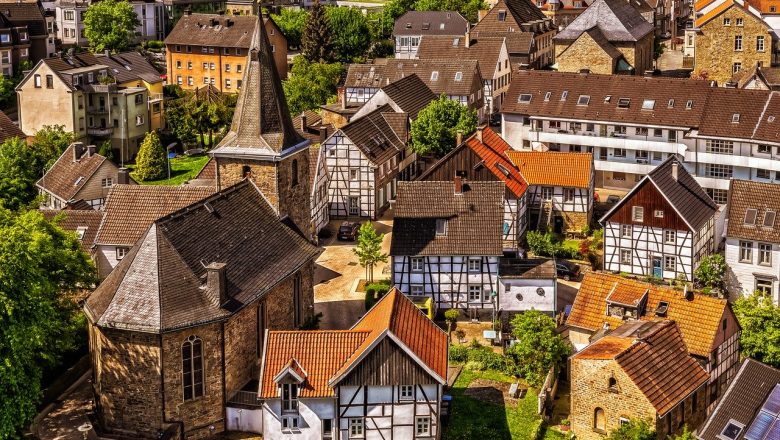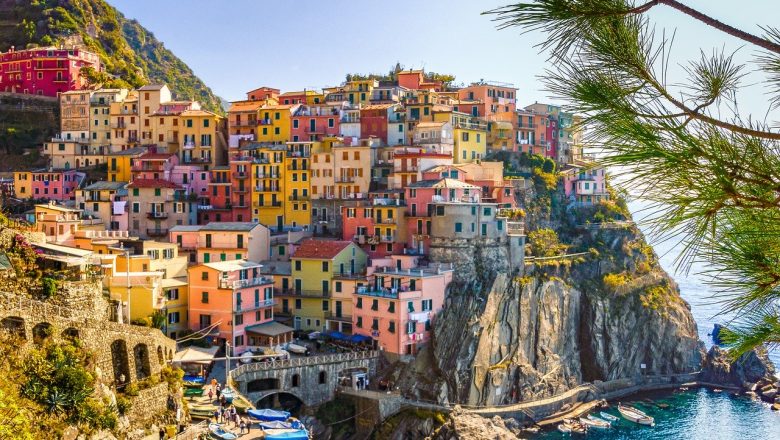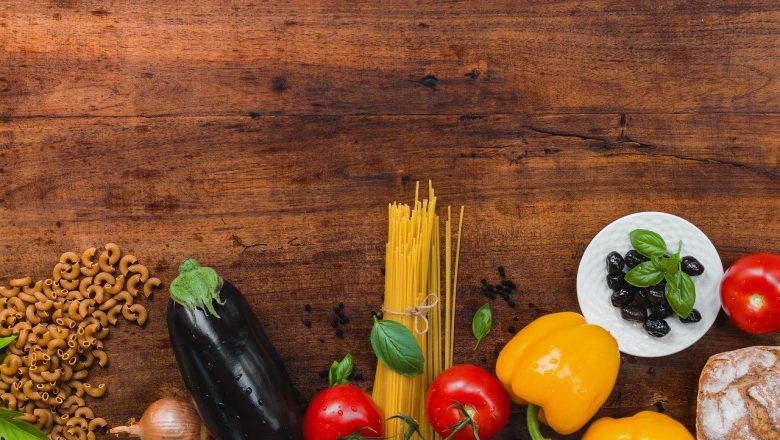
A Guide to German Cuisine
Everyone knows about French cuisine, but German? It may not be easy to think of anything else but sausage but if you are going to Germany, you should not miss to enjoy their domestic delights. Here are some dishes you should try and a guide to German food culture!
Germany is food, especially if you come to home cooking. The kitchen may not have the same aura as the French which is most often associated with refined arrangements in small portions, while Germany is instead dominated by large portions and rustic well-cooked home cooking. There are of course plenty of restaurants of very high class, which in Baiersbronn a place that is said to have the most Michelin restaurant stars per inhabitant.
But what is typical German food then? Not easy to say since Germany is a large country...









